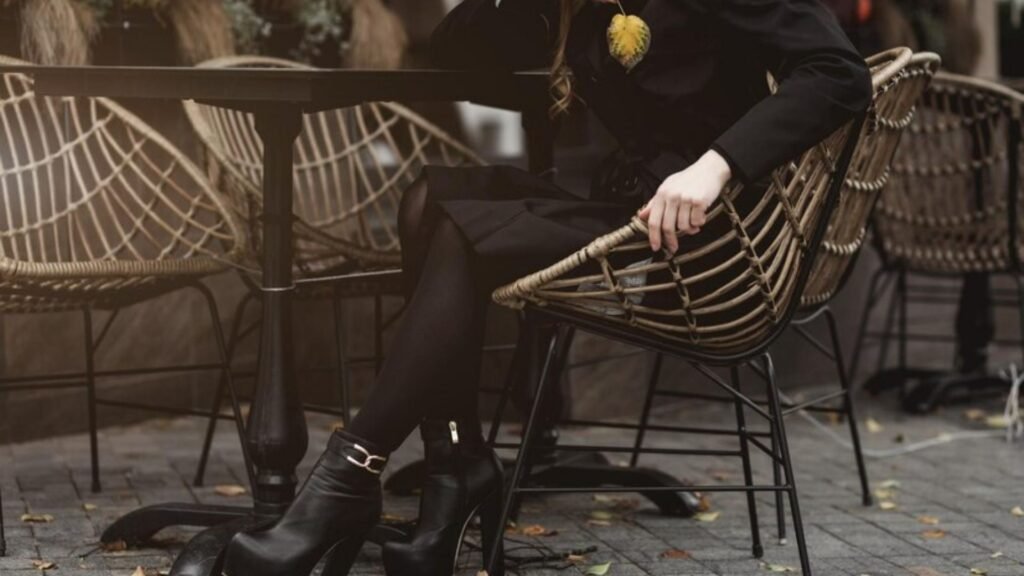When decorating a room in your house, you want the final product to express your individuality and sense of style. You can inspired by a variety of interior design styles, each with its own distinctive features, finishes, and flavors. Today’s decorators use terms like “contemporary,” “industrial,” and “Scandinavian” to describe fashionable trends. We have listed the eleven most common interior design styles and described their components to assist you in selecting the one that best fits your needs. Whether you live in a country home or a modern city home, these distinct styles are appropriate for different settings and needs.
We advise you to enroll in our design school to study the elements of each style and how they differ. To create a distinctive design that appeals to you, you may always blend different pieces from various decoration styles. You can start your project with a lot of ideas from periodicals about interior design, specialty television programs, and social media sites like Pinterest.
Neutral color schemes with white tones, beige or gray tones, and dark hues for contrast are popular in contemporary design. Smooth surfaces, organic materials, and open areas accentuated by sizable abstract paintings, wooden panels, and expertly produced handcrafted pieces used to create this style.
How to Style with Embracing the Timeless Aesthetic of the Past

Rich textiles, elaborate decorations, and carved woodwork are common elements of this style. This design is ideal for people who desire a high-end appearance in their home because the furnishings and décor are typically pricey and opulent.
Despite influenced by several European décor styles, the classic can blend in well with a French-style home when paired with marble fireplaces and antique chandeliers. This design especially valued in France’s old residences because of its everlasting attractiveness.
A recurring motif in traditional style is symmetry. The rooms arranged around a focal point, such as a fireplace, and emphasize harmony, order, and coherence. It is a timeless classic because of its comfort and predictability. Industrial The exposed brickwork, pipes, and concrete ceilings are characteristics of the industrial design style. Any space can benefit from the bold use of industrial features. This style emphasizes the utilitarian and rough elements, reminiscent of former industrial enterprises.
How to Style with Why Urban Lofts Embrace This Design Style

but industrial accents like metal light fixtures and furniture made from repurposed wood can also work well in contemporary spaces that are looking for a more authentic feel. If you enjoy the concept of a room that is both stylish and utilitarian, choose industrial furniture with simple accent pieces. A variety of textures and materials, plants, and contrasting hues can give this design a softer feel. Large dome-shaped metal pendants, cage lighting, and bare Edison bulbs are great choices for lighting industrial design areas since they provide a contemporary take on factory lights.
Minimalist Simplicity and minimalist design go hand in hand. Neutral hues, crisp lines, and an abundance of open space define this design. There aren’t many decorations or accessories, and the furniture is typically simple. The 1960s movement served as inspiration for minimalism, which is still quite popular in big cities like Paris where space is at a premium. You can design a minimalist space that is ideal for an urban and contemporary lifestyle by utilizing multipurpose furniture and basic materials like metal or light wood.
How to Style with Balancing Form and Function

which frequently paired with Japandi, a tasteful blend of Japanese beauty with Scandinavian simplicity. For your wellbeing, this decorating style places a strong emphasis on practicality, simplicity, and a close relationship with nature. This design is becoming more and more popular in France among those who want to create a calm, well-balanced environment that is ideal for avoiding the stresses of daily life. Clean lines, muted hues, and organic materials like bamboo, stone, and light wood are the foundation of the Zen/Japandi style.
The intention is to establish a peaceful environment that encourages relaxation and meditation. Low tables, futons, natural fiber rugs, and dim lighting are essential components of Zen/Japandi design. Cotton and linen are examples of textiles that provide a cozy touch without detracting from the room’s tidy appearance. Make open and well-organized areas a priority if you want to use this style in your house. The Japanese design principle of “emptiness,” which emphasizes clean spaces, is given importance.
Conclusion

In France, where finding a balance between style and utility is crucial, Zen/Japandi is perfect for tiny urban areas.
Bohemia Bohemian design is closely associated with individuality and inventiveness. Bright colors, diverse furnishings, and an abundance of patterns and textures are frequently used to describe this style. Warm and inviting, bohemian rooms are a great option for French homes looking to combine vintage items with international influences.
Rattan furniture, vibrant pillows, and Moroccan carpets all work together to create a boho vibe. For an even more effective impression, incorporate handcrafted lighting and indoor plants. Here, distinctive items and artistic creations are highlighted.
Wicker furniture, woven baskets, rattan, macramé, and items from the flea market are all part of this playful and carefree style. These areas are frequently decorated with ceramics, handcrafted items, wall hangings, and mismatched frames.
Read more: What Makes Mural Walls the Best Way to Make a Statement